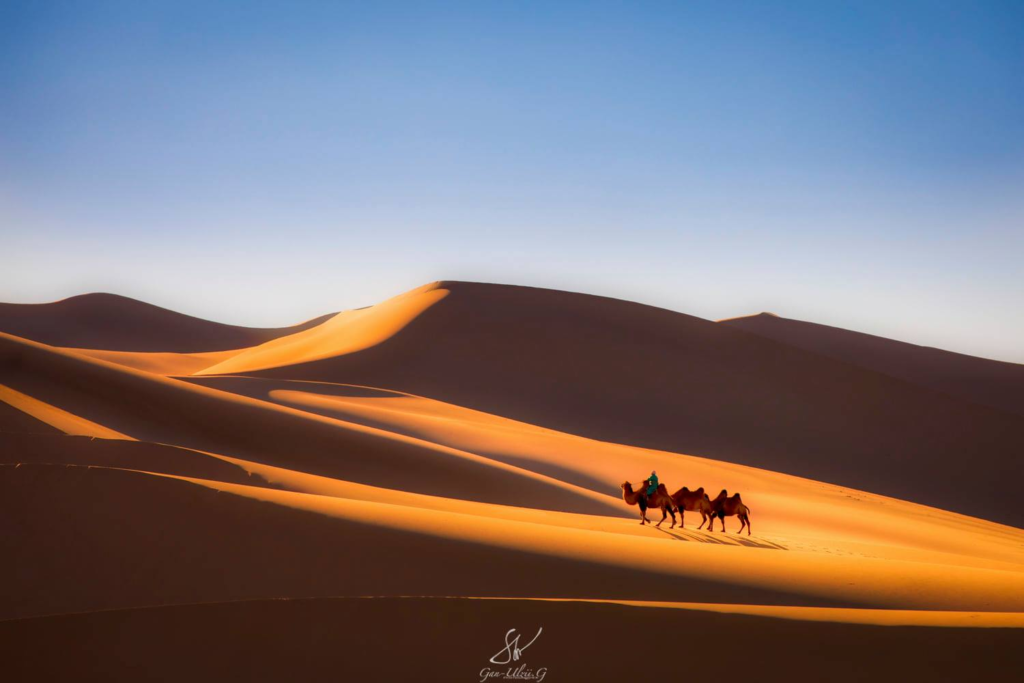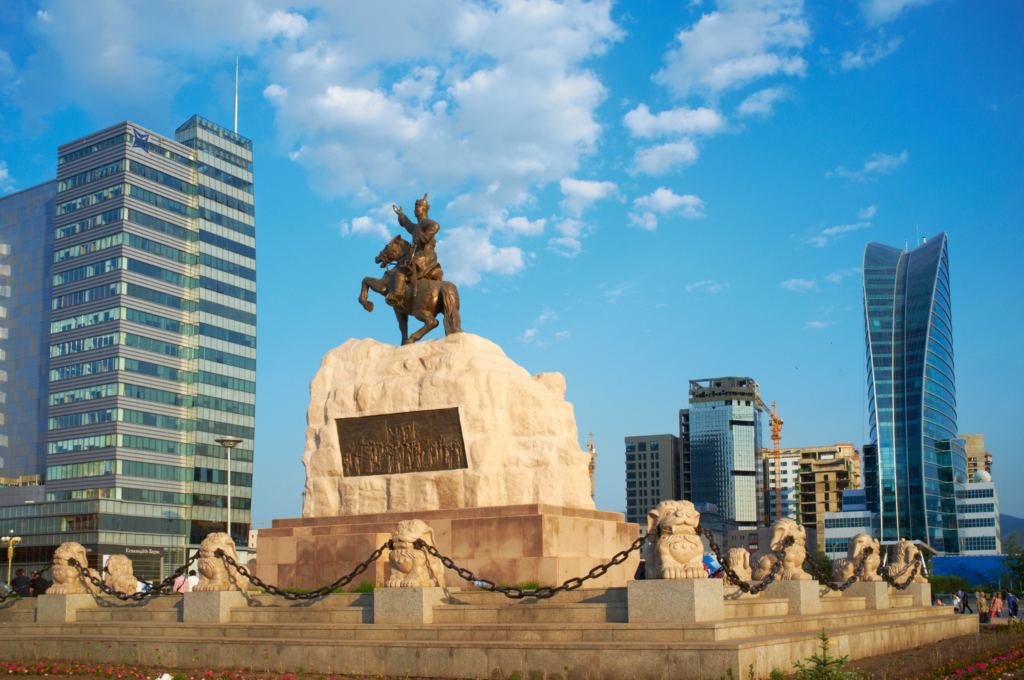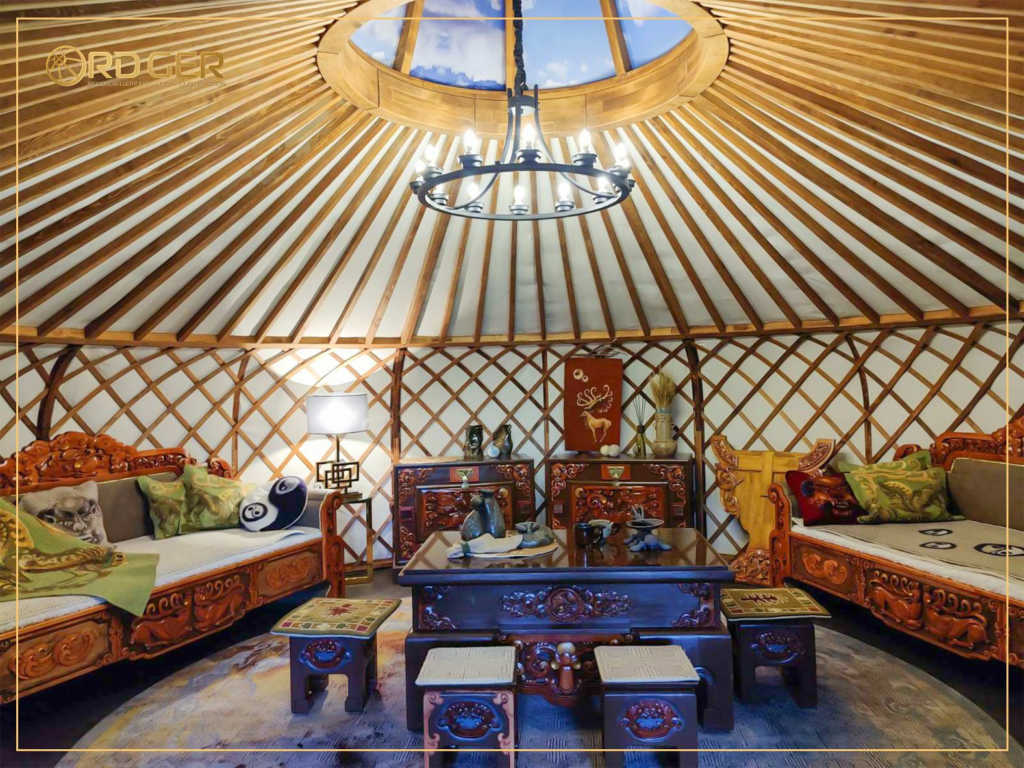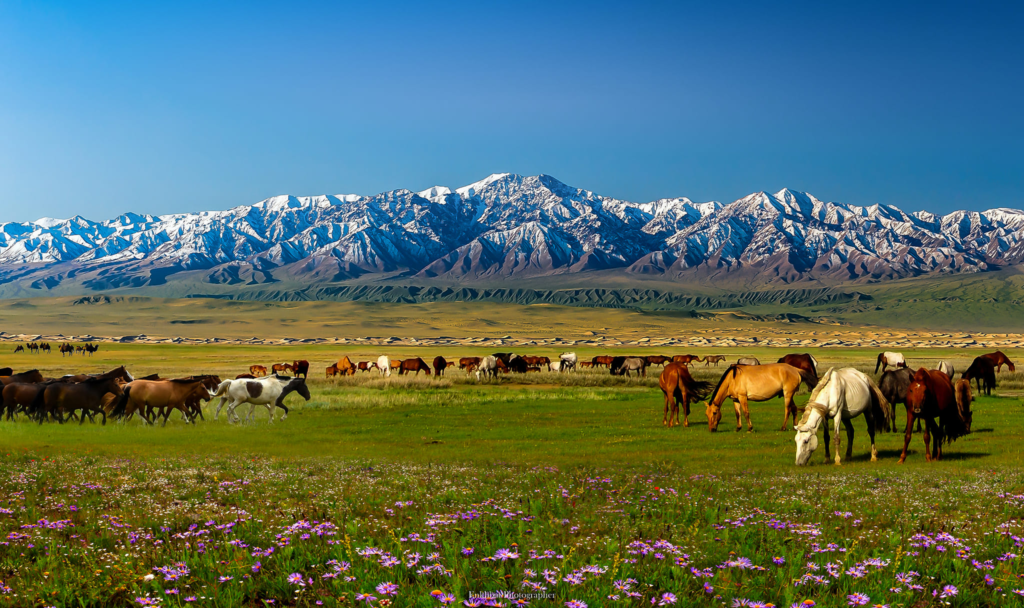Traditional Mongolian Foods, at its core, is a celebration of dairy products and meat. The harsh continental climate that prevails over Mongolia has profoundly shaped the traditional diet of its nomadic people. The Mongolian nomads predominantly consume meat and dairy products sourced from their domesticated animals.
Traditional Mongolian Foods
Meat is either cooked and incorporated into soups and dumplings or dry-aged for sustenance during the unforgiving winter months. Milk and cream, on the other hand, find their way into a myriad of beverages, cheeses, and various other traditional dairy products. Traditional Mongolian Foods also bear the imprint of neighboring countries, such as Russia and China, influenced by the nation’s geographical location and historical ties.
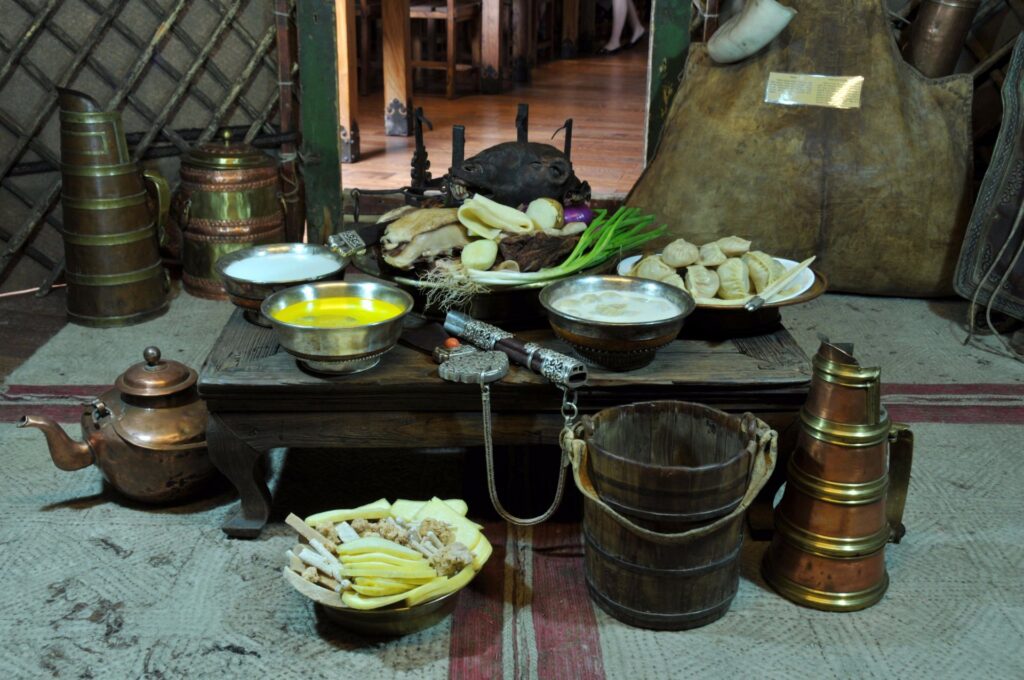
Suutei Tsai: Milk Tea with Salt
In Mongolia, Suutei Tsai, a simple yet delightful milk tea with a hint of salt, holds a special place. Originally a herder’s drink, it has transcended its pastoral origins and become a staple beverage, frequently accompanying meals. Hosts often extend a warm welcome to guests by offering Suutei Tsai, enhancing the dining experience with its unique and savory profile.

Buuz: Dumplings
Buuz, delectable meat-filled steamed dumplings, stand as one of Mongolia’s most iconic dishes. Ubiquitous in the capital and across the vast countryside, these two-bite dumplings take center stage during Mongolia’s Lunar New Year celebrations. Typically filled with minced mutton and seasoned with seasonal herbs, Buuz offers a flavorful culinary journey and a cherished part of Mongolian cuisine.
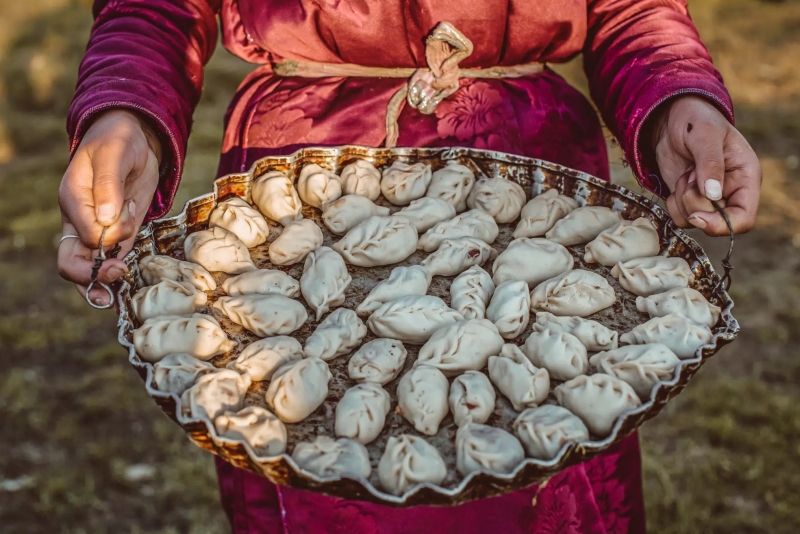
Tsuivan: Homemade Steamed or Fried Noodles with Cooked Meat
Tsuivan, a delectable fried noodle dish, is a culinary creation believed to have originated in China but has found its unique identity in Mongolia. Prepared with homemade noodles, meat (commonly mutton), and an assortment of vegetables, Tsuivan showcases Mongolian ingenuity by frying and steaming the ingredients in the same pot, resulting in a distinctive and savory flavor profile.
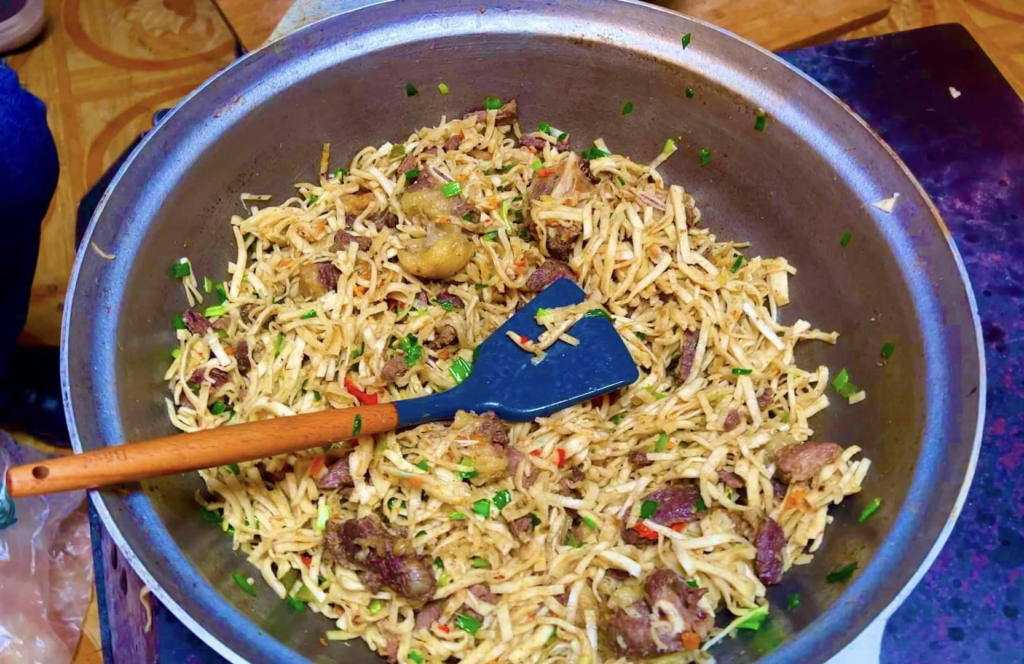
Khuushuur: Meat Hot Pocket
Similar to a dumpling but with a unique flat and varied shape, Khuushuur offers a delightful culinary experience. Filled with ingredients ranging from potato to various meats like mutton or camel, combined with onion or garlic, these creations are deep-fried to perfection. Widely available across the country, Khuushuur provides a diverse and accessible taste of Mongolian cuisine.

Boodog: Meat Cooked in the Carcass with Hot Stones
Boodog, a culinary delicacy, involves goat and marmot meat barbecued inside the carcass using hot stones. Often encountered during outdoor activities and special occasions, Boodog is not just a meal but a communal experience. Mongolians, following the tradition, believe that rubbing the used stones between their hands enhances blood circulation and kidney functions.
Khorkhog: Mongolian Barbecue
Khorkhog, a Mongolian barbecue, resembles a pressure cooker, with meat layered between large hot stones and covered with water. This cooking method, along with the addition of potatoes and vegetables, results in tender and flavorful dishes. While not commonly found in restaurants, Khorkhog is a popular countryside dish, showcasing the essence of Mongolian culinary traditions straight from the cooking vessel.
Airag: The Spirit of the Steppes
No exploration of Mongolian cuisine is complete without encountering Airag, a libation deeply embedded in nomadic traditions. This fermented mare’s milk, often referred to as “kumis,” embodies the spirit of the steppes. As nomads traverse the vast landscapes, Airag becomes a companion, offering refreshment and a connection to the equestrian culture.

The tangy, effervescent notes of Airag speak to the resourcefulness of Mongolian nomads, turning mare’s milk into a beverage that not only quenches thirst but also symbolizes the symbiotic relationship between the nomads and their prized horses. With each sip, one is transported to the heart of the Mongolian steppes, where the equestrian spirit and the nomadic way of life converge in a timeless tradition.
Embark on a culinary journey across the vast steppes of Mongolia, where tradition meets innovation, and every bite tells a story of nomadic life and resilience. Explore the rich flavors and unique techniques that define Traditional Mongolian Foods, offering a taste of the country’s history and the warm hospitality of its people.

